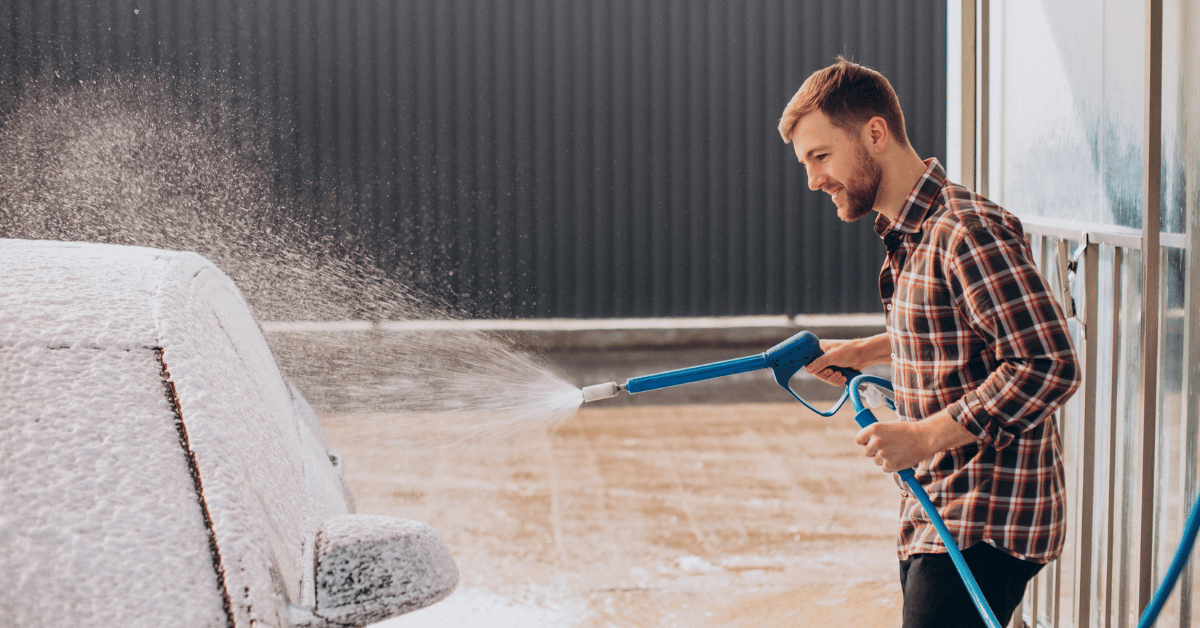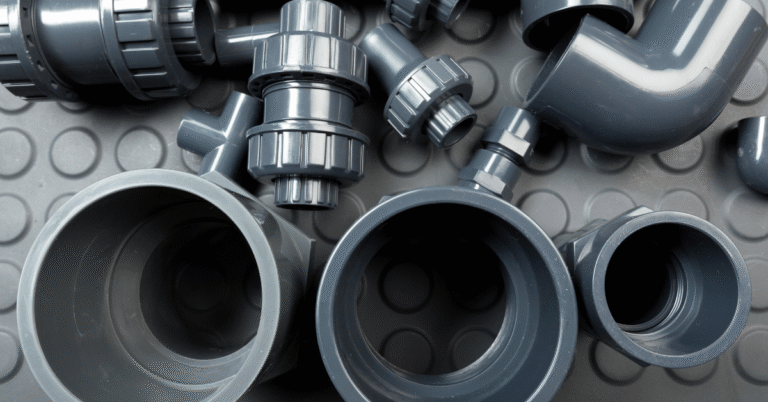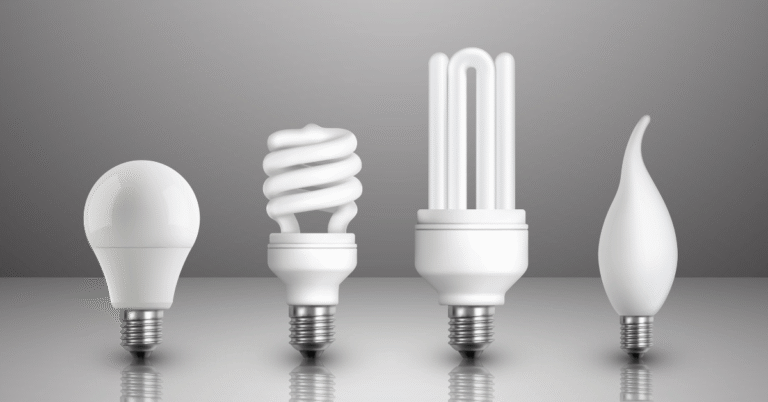The Complete Guide to Soft Wash System: Techniques, Equipment, and Essential Knowledge
If you’re wondering what a soft wash system is, how it works, and why it matters in 2025, you’ve landed in the right place. In the simplest terms, a soft wash system is a specialized cleaning method that uses low-pressure water mixed with biodegradable chemicals to safely remove dirt, algae, mold, and other contaminants from surfaces. Unlike pressure washing, which uses force, soft washing relies on chemistry and technique. This article will walk you through everything about soft wash systems—from the basics to advanced tips—so you can clean homes, businesses, or industrial properties efficiently without causing damage.
What Is a Soft Wash System?
A soft wash system is designed to clean delicate surfaces that could be damaged by high-pressure washing. Instead of blasting surfaces with water at thousands of PSI (pounds per square inch), soft washing uses low-pressure streams—usually under 500 PSI—combined with a chemical solution. These solutions break down grime, mold, mildew, algae, and bacteria at the root, ensuring a deeper clean that lasts longer.
Soft wash systems are commonly used for:
- Roof cleaning
- Exterior siding (vinyl, stucco, wood)
- Deck and patio cleaning
- Fence washing
- Solar panel cleaning
The process is safe, environmentally friendly when done correctly, and effective for both residential and commercial cleaning.
Why Soft Washing Is Taking Over the Cleaning Industry in 2025
The popularity of soft wash systems has skyrocketed in 2025 due to several reasons. First, homeowners and property managers are becoming more aware of the damage that pressure washing can cause. High-pressure systems can strip paint, erode surfaces, and push water under siding, leading to mold and rot.
Soft washing eliminates these risks while providing a longer-lasting clean. Algae and bacteria are treated at the molecular level rather than just removed from the surface. This approach reduces the frequency of cleanings and protects property value.
Furthermore, newer eco-friendly solutions have made soft washing more sustainable than ever before. Today’s soft wash chemicals are designed to be biodegradable, safe for plants and pets, and compliant with environmental regulations.
Components of a Soft Wash System
Understanding the anatomy of a soft wash system is key to using it properly. Here’s a breakdown of the main components:
1. Pump
Soft wash systems use a low-pressure pump, typically powered by a 12V battery, gas engine, or air compressor. These pumps operate at much lower PSI than pressure washers but are capable of moving large volumes of water and chemical mix.
2. Tank System
Most soft wash rigs include multiple tanks:
- Water tank: For clean water
- Chemical tank: For solutions like sodium hypochlorite (bleach), surfactants, and algaecides
- Mixing tank: Where chemicals and water are blended
3. Hose and Nozzle
Soft wash hoses are wider than pressure wash hoses to handle larger water volumes at lower pressures. Nozzles are typically adjustable and can be set for spraying distances of 20-30 feet without ladders.
4. Proportioner or Metering Valve
This device lets you control the chemical-to-water ratio, ensuring safe and effective cleaning.
5. Applicator Gun
An applicator gun allows you to spray the solution precisely onto surfaces. Some guns come with variable flow rates for different jobs.
How a Soft Wash System Works: The Process Step-by-Step
Here’s a detailed look at how soft washing is performed, from setup to rinse:
Step 1: Assess the Surface
Before starting, evaluate the surface to determine the appropriate chemical mix. For example, algae on a roof may require a 3% bleach solution, while siding may only need 1%.
Step 2: Prepare the Solution
Mix water, sodium hypochlorite (bleach), and surfactants in the appropriate ratio. Surfactants help the solution cling to surfaces longer, improving cleaning results.
Step 3: Apply the Solution
Using your applicator gun and nozzle, spray the solution evenly over the surface. Allow the chemicals to dwell for 10-15 minutes but avoid letting them dry completely.
Step 4: Rinse or Let Dry
Some surfaces require a gentle rinse, while others—like roofs—are often left to dry naturally, allowing rain to rinse away remaining residue.
Chemicals Used in Soft Washing
The chemical solution is the heart of a soft wash system. Here’s what’s typically used:
| Chemical Name | Purpose | Typical Concentration |
| Sodium Hypochlorite | Kills mold, algae, bacteria | 1%–6% depending on surface |
| Surfactants | Helps solution cling to surfaces | 0.5%–1% of mix |
| Water | Dilutes the chemical solution | Balance of the mix |
| Scent Maskers | Reduces bleach smell | Optional additive |
| Algaecides | Prevents regrowth of algae | Optional additive |
Each chemical serves a role, and the mix can be customized for specific jobs. Using too much bleach can damage surfaces or harm landscaping, while too little may not effectively clean.
Soft Washing vs Pressure Washing: What’s the Difference?
Many people confuse soft washing with pressure washing, but they are very different processes. Here’s a comparison:
| Feature | Soft Washing | Pressure Washing |
| Cleaning Method | Low-pressure + chemicals | High-pressure water |
| PSI | Under 500 PSI | 1,500–4,000+ PSI |
| Surfaces | Roofs, siding, painted wood, solar panels | Concrete, brick, driveways |
| Risk of Damage | Minimal | High on delicate surfaces |
| Longevity of Clean | Longer due to chemical treatment | Shorter; contaminants can regrow faster |
Soft washing is a safer alternative for most exterior surfaces, especially when cleaning sensitive areas like roofs or painted siding.
Benefits of Using a Soft Wash System
There are multiple advantages to soft washing compared to traditional cleaning methods:
- Protects Property: Prevents surface erosion and water intrusion
- Kills at the Root: Removes algae and mold from the roots, not just the surface
- Environmentally Safer: Uses biodegradable, EPA-approved chemicals
- Cost-Effective: Requires fewer repeat cleanings
- Increased Curb Appeal: Restores surfaces to like-new appearance
In 2025, soft wash systems are considered a smart investment for both homeowners and commercial cleaning companies.
Equipment Options: DIY vs Professional Systems
Soft wash systems come in a variety of setups. Here’s a comparison to help you decide what’s best for your needs:
| Option | Pros | Cons |
| DIY Handheld Systems | Affordable, easy to store | Lower power, limited reach |
| Portable Soft Wash Rigs | Good for small business use | Moderate cost, requires maintenance |
| Truck-Mounted Professional Rigs | Powerful, efficient for large jobs | Expensive, needs professional handling |
For homeowners, handheld or portable units are often enough. Professional cleaners usually opt for truck-mounted systems for speed and reliability.
Safety Considerations for Soft Washing
Working with chemicals always requires caution. Here are key safety practices:
- Wear Protective Gear: Gloves, goggles, and masks
- Check Surroundings: Protect plants and pets from chemical runoff
- Proper Ventilation: Avoid spraying near open windows or HVAC intakes
- Use the Right Mix: Over-concentration can damage surfaces and harm the environment
- Rinse Plants Before and After: Prevents chemical burns to landscaping
- Chemical Storage: Keep chemicals in labeled, sealed containers away from children
Following these guidelines will help ensure safe and effective cleaning.
Common Mistakes to Avoid
Even seasoned professionals make mistakes when using soft wash systems. Avoid these common errors:
- Overuse of Bleach: More is not always better. Stick to recommended ratios.
- Skipping Rinse Steps: Some surfaces need a final rinse to prevent residue.
- Poor Chemical Storage: Leaving chemicals in sunlight degrades their effectiveness.
- Neglecting Equipment Maintenance: Failing to clean pumps and hoses can cause clogs or corrosion.
- Ignoring Weather Conditions: Wind can cause overspray; rain can dilute chemicals too soon.
Maintenance of a Soft Wash System
Maintaining your system extends its life and ensures consistent performance. Here’s a maintenance checklist:
| Task | Frequency |
| Flush system with water | After each use |
| Inspect hoses and nozzles | Weekly |
| Check and clean filters | Monthly |
| Test proportioning valves | Quarterly |
| Replace worn gaskets | As needed |
| Store chemicals properly | Always |
The Environmental Impact of Soft Washing in 2025
One of the biggest concerns in today’s cleaning industry is environmental safety. Soft washing, when done responsibly, has a lower ecological impact than pressure washing because it uses less water—sometimes up to 75% less.
Modern soft wash solutions in 2025 are:
- Biodegradable within 20 days
- Non-toxic to animals when properly diluted and rinsed
- Safe for plants when surfaces are pre-wet and post-rinsed
New regulations have pushed chemical manufacturers to develop safer, plant-friendly products, making soft washing a greener option for property care.
How to Start a Soft Wash Business in 2025
Soft washing is a growing industry, and starting a soft wash business can be profitable. Here are the steps:
- Get Certified: Many organizations offer soft wash training and certifications.
- Purchase Equipment: Invest in a reliable soft wash rig.
- Learn Local Regulations: Understand chemical usage laws in your area.
- Market Your Services: Use online platforms, social media, and local networking.
- Offer Maintenance Packages: Build recurring revenue by offering yearly cleanings.
Conclusion: The Future of Soft Wash Systems
As property owners become more aware of environmental and structural risks, soft washing continues to rise in popularity. In 2025, the soft wash system is no longer just a cleaning method; it’s a maintenance solution that protects homes and businesses while preserving their value.
Whether you’re a homeowner wanting to maintain your property or an entrepreneur looking to start a cleaning business, understanding soft wash systems is essential in today’s eco-conscious and property-aware world.
Read More: https://2amagazine.co/games4escape/
FAQs
Can soft washing damage my roof?
No, when done correctly, soft washing is safe for roofs and can extend their life.
How often should I soft wash my home?
Most homes benefit from soft washing every 12-24 months, depending on climate and exposure.
Is soft washing safe for plants?
Yes, if you pre-soak plants with water before and after applying the solution.
Do I need a license to operate a soft wash business?
Licensing varies by location, but most areas require proper training and chemical handling permits.
How long does it take for a soft wash to work?
Results are often immediate, but full algae and mold removal may take a few days as the solution continues working.



